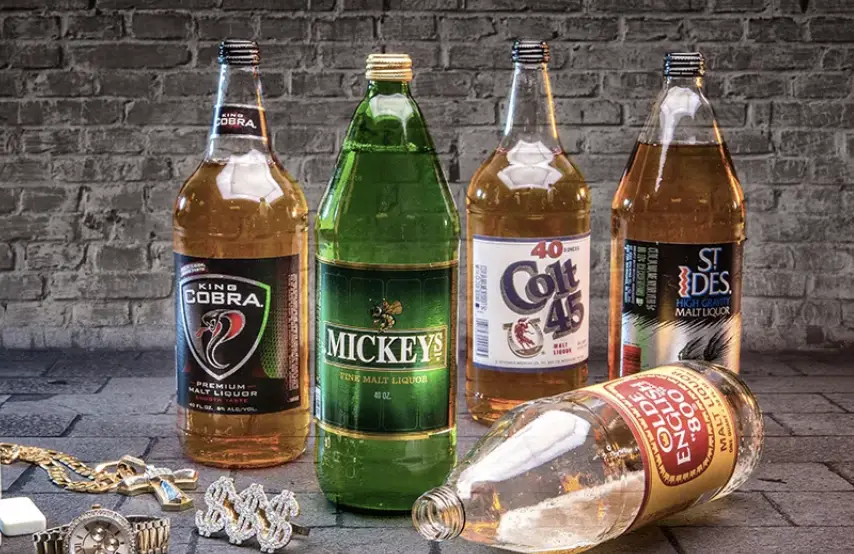
A Tale of Two Brews: Malt Liquor vs. Beer
The world of brewed beverages is rich and diverse, offering a wide array of flavors and styles to suit every palate. Two popular choices that often spark debates among beer enthusiasts are malt liquor and beer. While both share similarities, they also have distinct characteristics that set them apart. In this blog post, we’ll explore the differences and similarities between malt liquor and beer to help you better understand these two fascinating brews.
Beer: The Timeless Classic
Beer, the ancient libation dating back thousands of years, is a staple in cultures worldwide. It is a fermented alcoholic beverage brewed from water, malted barley, hops, and yeast. The ingredients and brewing process contribute to a broad spectrum of beer styles, ranging from light and crisp lagers to rich and complex ales.
Taste Profile: Beer comes in various styles, offering a diverse range of flavors, bitterness levels, and aromas. It can be sweet, bitter, malty, hoppy, fruity, or a combination of these elements, making it a versatile beverage loved by many.
Alcohol Content: The alcohol by volume (ABV) in beer typically ranges from 4% to 6%, though some craft and specialty beers may have higher ABVs.
Malt Liquor: Bold and Potent
Malt liquor is a type of beer, but it is distinct in its characteristics and brewing process. It is a high-alcohol beer known for its stronger taste and higher alcohol content. Malt liquors often contain adjuncts like corn or rice, in addition to malted barley, which can contribute to a lighter body and a sweeter flavor profile.
Taste Profile: Malt liquors are known for their strong and robust flavors, with a prominent malt sweetness and minimal hop bitterness. Some malt liquors may have a higher level of alcohol “heat” due to their elevated ABV.
Alcohol Content: Malt liquors typically have an ABV ranging from 6% to 9% or even higher, making them considerably stronger than most regular beers.
Packaging and Perception
One key difference between malt liquor and beer lies in their packaging and public perception. Malt liquors are often associated with larger, single-serving containers, such as 40-ounce bottles, and are sometimes marketed as budget-friendly options. This has contributed to the stereotype that malt liquors are cheaper, low-quality beverages.
On the other hand, beer is available in a wide variety of packaging options, including cans, bottles, and draft. It is associated with a broader range of flavors and styles, and craft breweries have elevated the reputation of beer, emphasizing quality, craftsmanship, and diverse taste profiles.
Conclusion
In the battle of malt liquor vs. beer, the choice ultimately comes down to personal taste preferences and occasion. Beer offers a vast range of styles and flavors, making it a versatile and beloved choice for many beer enthusiasts. On the other hand, malt liquor appeals to those seeking a bolder and more potent brew.
Both malt liquor and beer hold their unique places in the world of brewed beverages, catering to diverse tastes and preferences. As you continue to explore the fascinating world of brewing, remember to savor the distinct characteristics of each beverage and enjoy the rich tapestry of flavors they offer. So, raise your glass, whether it be filled with a refreshing lager or a bold malt liquor, and toast to the rich and diverse world of brewed libations. Cheers!






